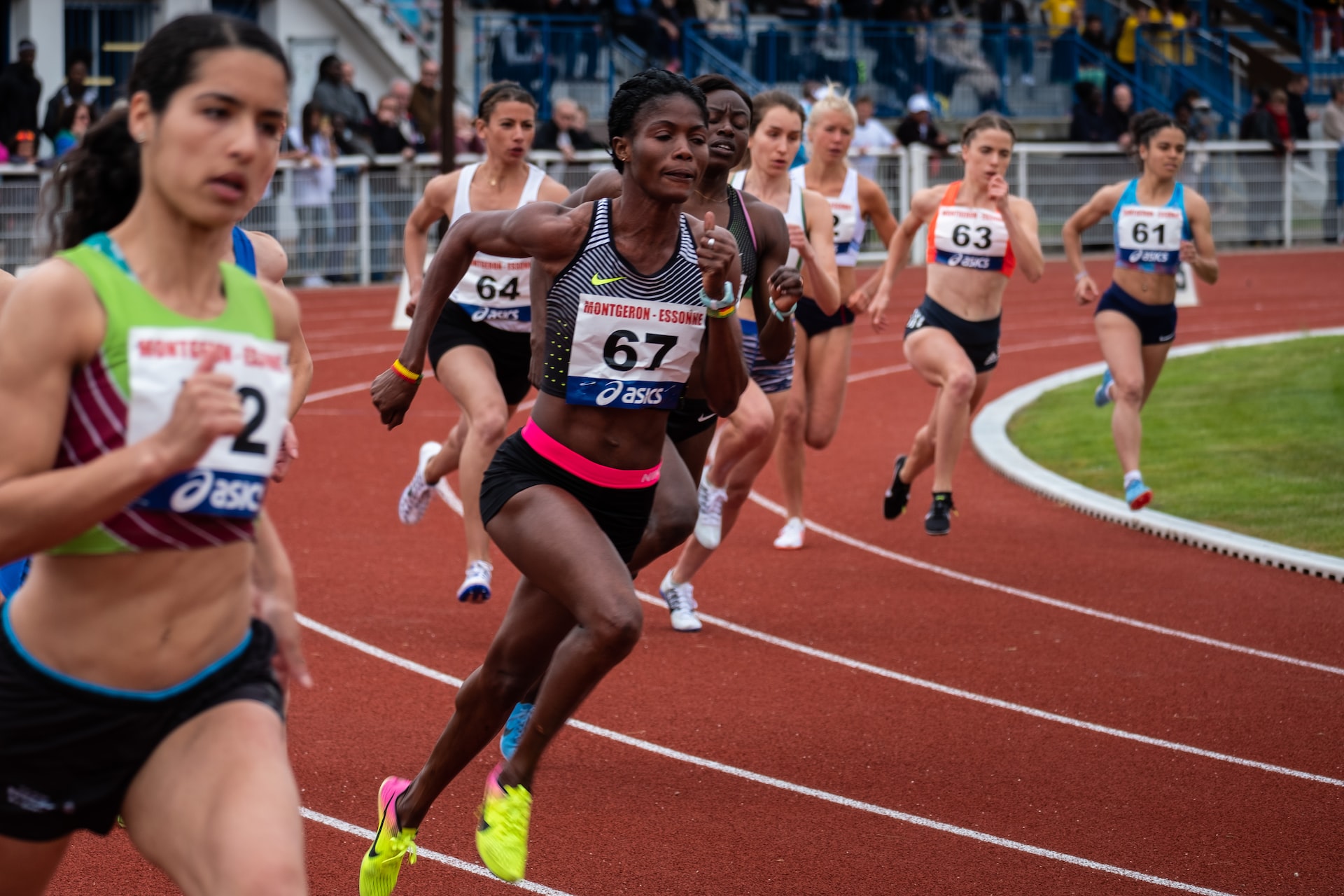Sports have always been a blend of physical prowess, strategy, and intuition. However, in recent years, a new player has entered the game: data. Sports analytics, the process of collecting and analyzing vast amounts of data, is revolutionizing the way games are played across various disciplines. From football to basketball, baseball to soccer, and beyond, data-driven insights are reshaping how teams train, strategize, and make critical decisions on and off the field. In this blog post, we will explore the fascinating world of sports analytics and delve into how this data-driven revolution is transforming the sporting landscape.
The Rise of Sports Analytics
In the past, coaches and scouts relied on their experience and intuition when making decisions about players, strategies, and game plans. However, the rise of technology and the abundance of data have opened up new possibilities for gaining insights into player performance, team dynamics, and game strategies. With the advent of advanced tracking systems, wearable sensors, and powerful computing algorithms, teams can now collect and analyze vast amounts of data in real time.
Enhancing Player Performance
Sports analytics offers teams an unprecedented ability to enhance player performance. By tracking and analyzing player data, teams can identify strengths, weaknesses, and areas for improvement. For example, in basketball, data analysis can reveal shooting percentages from different areas of the court, effectiveness in defending against specific plays, and tendencies in ball movement. Armed with this information, coaches and players can make data-informed decisions to optimize their performance on the court.
Moreover, sports analytics enables teams to monitor player health and prevent injuries. By analyzing data from wearable sensors, teams can track players’ workload, fatigue levels, and movement patterns, helping them identify potential injury risks. This information allows coaches and medical staff to adjust training regimens, rest periods, and playing time to minimize the chances of injuries and maximize player longevity.
Strategic Decision-Making
Sports analytics has a significant impact on strategic decision-making during games. Coaches can access real-time data on their opponents, including player tendencies, formation preferences, and performance under different conditions. Armed with this information, teams can develop targeted game plans and adjust their strategies on the fly. For example, in football, analytics can help coaches identify patterns in an opponent’s offensive play-calling, allowing them to adjust defensive schemes accordingly.
Fan Engagement and Experience
Sports analytics is not limited to just teams and coaches; it also enhances the experience for fans. Advanced analytics technologies provide real-time statistics, visualizations, and insights during broadcasts and online platforms. Fans can now access detailed information on player performance, team statistics, and game predictions, enabling them to have a deeper understanding of the game and engage in more informed discussions. Additionally, fantasy sports platforms have thrived on the availability of data, allowing fans to build their own virtual teams based on player performance metrics and compete against each other.
Conclusion
Sports analytics has transformed the world of sports by leveraging data to optimize player performance, inform strategic decision-making, and enhance the fan experience. The availability of vast amounts of data, combined with advanced technologies and analytics algorithms, has given rise to a new era of sports analysis. Coaches, players, and teams now have access to invaluable insights that were previously unimaginable. However, as the field continues to evolve, it is essential to strike a balance between the human element and the data-driven approach. Sports analytics should complement, rather than replace, the knowledge, experience, and intuition of players and coaches. Ultimately, the marriage of data and sports will continue to shape the future of athletics, pushing the boundaries of performance and excitement to new heights.















